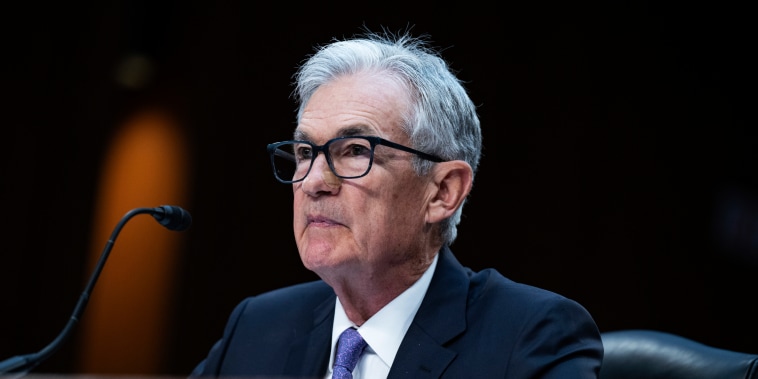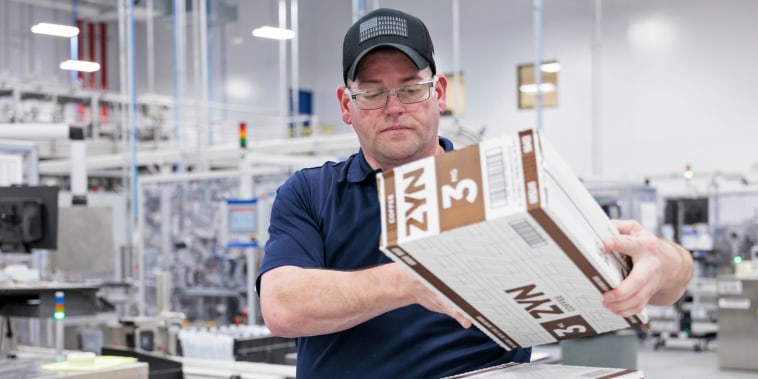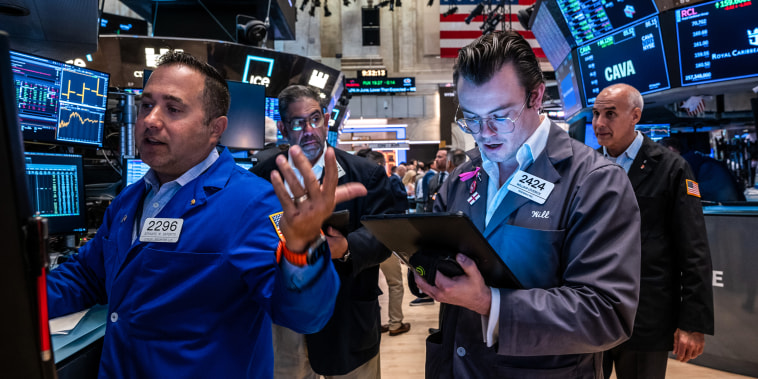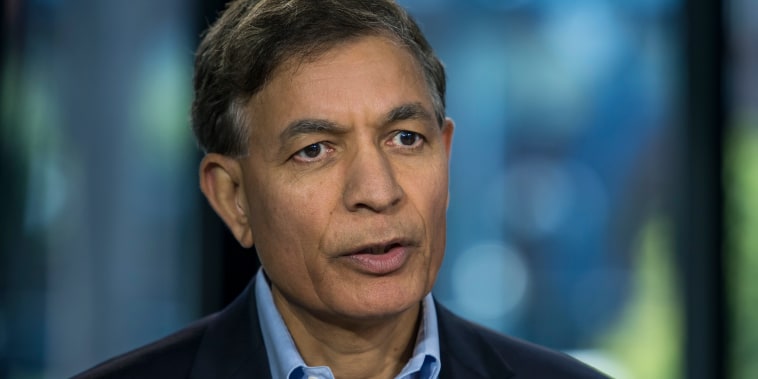This story is part of CNBC Make It’s The Moment series, where highly successful people reveal the critical moment that changed the trajectory of their lives and careers, discussing what drove them to make the leap into the unknown.
Jay Chaudhry never thought he’d run a business, amass a fortune or help popularize an entire industry. Not growing up in rural India, not upon moving to the U.S. in 1980 to study engineering and marketing, not even after landing jobs at tech giants IBM and Unisys.
“I have no background of entrepreneurship in my family of small-scale farmers. So if you asked me, ‘Did I ever think about becoming an entrepreneur in my childhood [or] early years of my career?’ Not really,” Chaudhry, the billionaire founder and CEO of cloud security company Zscaler, tells CNBC Make It.
It took Silicon Valley’s dot-com boom — the wild success stories of tech startups like Netscape — to get Chaudhry thinking in 1996, “Why shouldn’t I start a company?” He made the rash decision to quit his job as an executive at Atlanta-based tech company IQ Software, and his wife Jyoti quit her job as a systems analyst at telecommunications giant BellSouth.
Together, they plunged their life savings — roughly $500,000 — into SecureIT, a cybersecurity software startup they co-founded in 1997. At the time, “maybe less than 5% of Fortune 500 companies had firewalls,” Chaudhry says. “Within 18 months, we had deployed firewalls in about 50% of [the] Fortune 500.”
His timing was perfect: In 1998, Chaudhry sold SecureIT to VeriSign in an all-stock deal worth nearly $70 million. Over the ensuing decade, the husband-and-wife duo founded two more cybersecurity companies and an e-commerce business, each of which got acquired.
By 2007, they were already wealthy entrepreneurs, and Chaudhry — who gets “bored” without something to work on — decided it was time to launch “one big company and put 200% focus on that,” he says.
That company was Zscaler, which aimed to help companies transition away from outdated firewalls and into the cloud era. The couple invested $50 million of their own money, says Chaudhry. Today, it brings in $1.6 billion in annual revenue and has a market value of roughly $30 billion.
Chaudhry’s own net worth is estimated at $11.5 billion by Forbes.
Here, Chaudhry talks about putting his family’s savings on the line to follow his gut, how his upbringing influenced his relationship with money and the advice he’d give someone who wants to quit their job to start a business.
CNBC Make It: What prompted you to stake your entire life’s savings on a startup idea — in an industry that didn’t really exist yet?
Chaudhry: This thing happened because I love to read and I love technology.
In 1996, Netscape had just launched and gone public, and I was fascinated by it. I said, “If [Netscape co-founder] Marc Andreessen could start a company — he was a young guy [right] out of college — why shouldn’t I start a company?”
My wife and I talked a few times, and the more we thought about it, the more conviction we got around it: [Netscape’s web browser] is the way to access information, and it should become popular. But if every company is connected to the internet, that means there will be security risks.
That was my simple thinking. There was no IDC or Gartner study about the market size. It was largely based on what the gut told us.
A gut feeling is one thing. Betting every dollar to your name is another.
It started out with us saying, “Let’s go get venture capital funding.” I had no experience raising funds, and I realized soon that it wasn’t that easy. This was [1996], Atlanta was not a VC mecca and we kept hearing, “Hey, you don’t have any experience.”
We were disappointed, but our conviction was building, which led to me saying, “Why don’t we put our life-savings on the line?”
I didn’t know anything. So, I really didn’t know how big the risk was. I couldn’t quantify it.
How did you make peace with that risk?
After talking back and forth, we asked each other, “What’s the worst thing that can happen?” The company could shut down, we’d lose all of our savings.
The next question was, “Can we find jobs?” There was lots of confidence that we could.
I never had money in my early childhood, so there was never a notion that I must buy A and B and C. Our lifestyle was pretty simple. Our house in Alpharetta, Georgia, was $200,000 — a nice, typical middle-class house at that time — and we didn’t have any fancy cars or fancy payments.
Our only child at that time was going to a public school. There wasn’t a lot of overhead. We said, “Let’s take a chance.”
When a bet pays off, does that success make you more confident to take on bigger risks? Were any of your other ventures as risky as that first one?
The [financial] risk of SecureIT was, like, 1,000 times more than the risk of Zscaler. The amount I invested in Zscaler was a small fraction of my net worth.
But Zscaler was much harder. I put more money in it than all the others combined. I took bigger bets. I hired people more quickly to solve some very hard problems. I wanted to do something big, something lasting.
We were trying to solve a problem that was futuristic. Will it be successful or not? Will the market take off or not? That was all unknown.
So if you asked me the chances of success of Zscaler, there was a much higher risk. Because, with SecureIT, it was fairly obvious that as you connect to the internet, you need firewalls.
What’s your best advice for someone who’s thinking about quitting their job to start their own business?
First, build conviction by learning more about what you want to do. Don’t just do some of the cursory work.
Second, start by putting in your own money. That actually is part of testing your conviction. If you really have conviction, you’ll take a chance on yourself. That also means you’ve done some serious homework, you’re ready, you’re committed.
You can also make decisions the way you want to make decisions. If Zscaler was largely owned by VCs, they probably could have shut it down. It took us a few years to really start getting traction in the market, and VCs can write you off and move on. They say, “It’s one of my 20 investments.”
When you put in your own money, this is the only business you have.
This post appeared first on NBC NEWS










